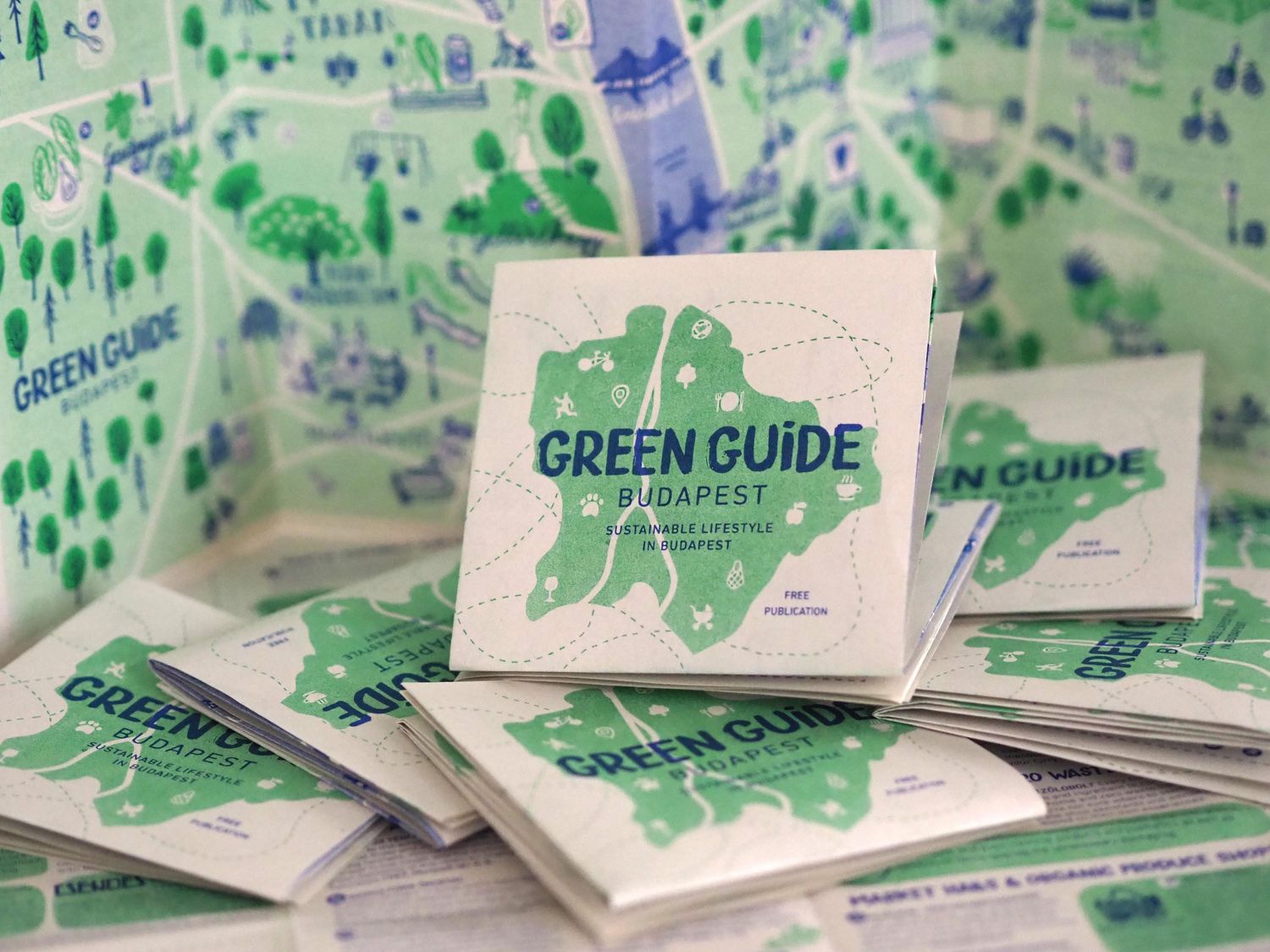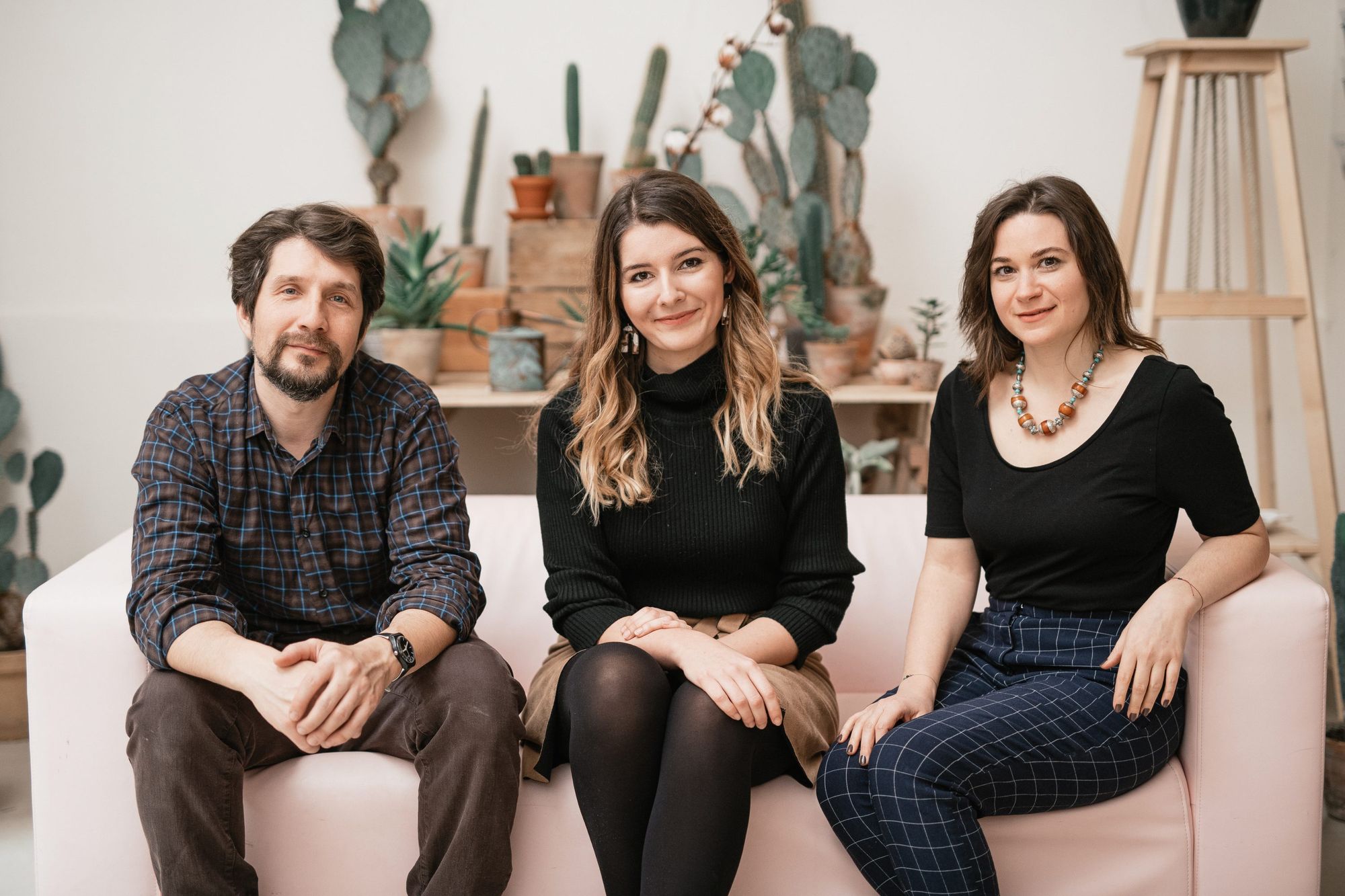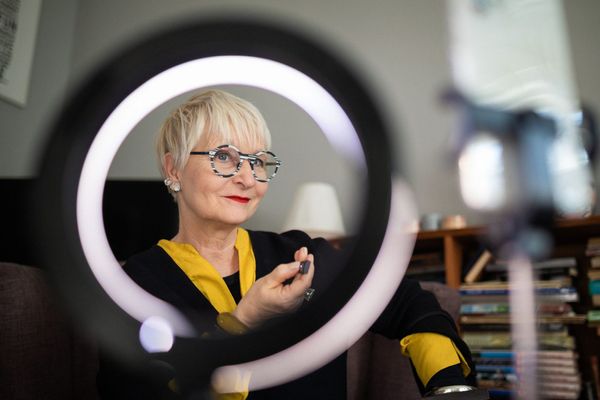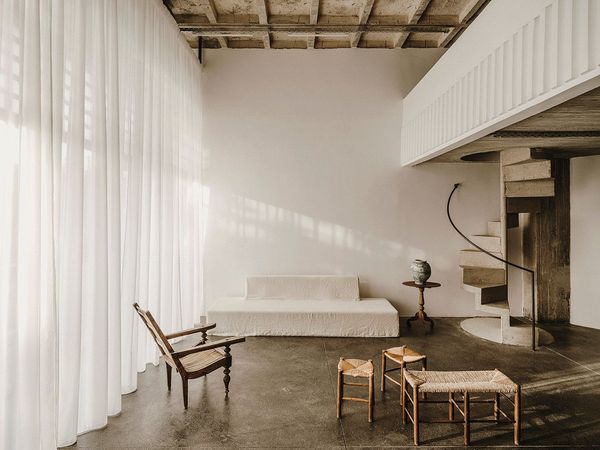With a little bit of attention, we can go a long way towards a more sustainable lifestyle; all we need is patience, a supportive community and a little guidance. This is precisely how the Green Guide Budapest project can help us to find the best green alternatives in our everyday lives without making sacrifices. The story of the initiative started with a Riso printed pocket map of the capital’s parks, markets and sustainable businesses. Now you can browse through green places, programs and inspirations digitally, as the project has reached a new milestone. We interviewed Mimma Nosek, Niki Konkoly and Dávid Erdész, the founders of Green Guide Budapest. Interview!
The Green Guide Budapest project was launched in 2019 with a free bilingual pocket map. Please tell us about the beginnings: how is everyone linked to the sustainability approach and why did you find it necessary to launch the initiative?
Dávid Erdész: I’ve loved browsing maps since childhood and I also have a small collection of city maps, which I collected mainly during my travels. On the other hand, I still like to recommend new places, events and experiences to others—although on different channels—and when the Green Guide was launched, I was also interested in continuing this. Perhaps I can speak for all three of us when I say that the green approach and sustainability have become part of our everyday lives, mainly through our own journey of growing up and becoming more aware.
Nosek Mimma: My diploma project was an invention of a fictional application for subjective mapping of Budapest, and since then, I have been involved in several related projects. The map of our favorite ‘green’ places started as a product of RisoPlant, our joint venture with David. This expanded into a more extensive project when Niki joined as a third member and gave it new impetus.
Niki Konkoly: I also have quite a few USE-IT maps collected during my travels, the special feature of which is that locals recommend the less popular, exciting and interesting places in the city to the visitors, and as a true graphomaniac and a native of Budapest, who has been interested in sustainability and practicing green habits for a long time, I couldn’t say no to the invitation. And what a good thing that I didn’t!

Since its launch, the Green Guide has been slowly outgrowing itself: it’s no longer just a map to help you live a green lifestyle. You have also shared many practical tips and advice through your social networking sites and online and offline presentations and workshops. Recently, the Green Guide Online platform has also debuted. What is your aim with the website?
D. E.: The Green Guide is a real grassroots project. The physical map—which was a great success when it was published—was based on a subjective collection. Despite being brought to life by our enthusiasm and community funding, the gap-filling green map failed to deliver the kind of reach in terms of circulation that could have had a real, mass impact. With the web platform, we didn’t want to create another rarity but rather to serve the growing user demand for more sustainable businesses and service providers. With the website, we give users a compass to find green alternatives for everyday activities.
N. K.: Our “Green Compass” aims to link sustainable businesses and services with those conscious city dwellers looking for these green alternatives if they are having a coffee or going to the beautician. We see our event calendar as a tool for community building, and with our magazine, we would like to inspire and help our readers develop a planet-friendly way of life.

One of the main elements of the Green Guide Online is the growing database of service providers, also accompanied by a map. What are the criteria for a company to be part of the database?
D. E.: Well before designing the platform, we started to create a multi-faceted set of questions that helps us to conduct a sustainability survey of businesses. This gives us an idea of the sustainability ambitions of market actors and offers companies an indication of where they are and what further steps they can take towards a more conscious operation. This survey, which examines businesses from a social, economic and environmental perspective, can be considered a “mandatory” element for being included in the database. Users can see these results in terms of points on the business datasheets.
N. K.: We also always emphasize that sustainability is not black or white: rather, it can be imagined as a broad spectrum. There is no clear dividing line between “green” and “non-green” businesses, but different, more sustainable alternatives to the usual solutions exist. We seek out and evaluate these sustainable efforts across many sectors from beauty services and products to fashion, design products, catering and personal services.

In the last few years, how do you see the image of Budapest and the country changing in terms of sustainable business?
D. E.: I have very mixed impressions about this. Overall, it seems that environmental awareness is becoming increasingly important in the lives of citizens and businesses nationwide. This change in attitudes also generates the expectation that more sustainable techniques and greener solutions are now a core part of operations for new companies and even an expectation for existing businesses to incorporate them. At the same time, the two-year epidemic situation has changed our lifestyles significantly, and this often means that environmental awareness has taken a step backward, whether we are looking at households or businesses.
N. K.: However, it is a pleasure to see that there is more and more exemplary cooperation and collaboration, perhaps to compensate for the isolation caused by the epidemic situation. The importance of communities supporting each other has come to the fore. NGOs and the general public are increasingly able to work together with local authorities to implement and run successful joint projects. One example of this is the community composting sites set up in several districts.

What are your favorite green places or businesses?
N. K.: My great love is Tabán and the Károlyi Garden with the local bunny, Tappancs. As a conscious hedonist, I mainly pay attention to the newly opened vegan places or places offering vegan delicacies. My current favorites are the Hearty Vegan Cakes’ chocolate and hazelnut babka and Flow Bistro’s lunch menus. In terms of social, economic and environmental sustainability, I also consider This is Redy, the maker of menstrual panties, to be an outstanding, exemplary brand and company.
D. E.: I am in constant motion thanks to cargo cycling, so I do my shopping and explore many places on two wheels. I prefer to look around the Városmajor and the downtown markets, but I also like the Szatyorbolt when it comes to groceries. I also try to shop without packaging outside the markets, so I like to go to Mimbre and Újratöltve when I need apple cider vinegar or dish soap for home. I often use the bike paths along the Danube with my cargo, so I frequently stop for a breather and a rest at the Moszkva promenade or Nehru Park. I follow Valyo’s initiatives and I like the fact that more and more urban areas are being “broken up” and turned into experimental public parks. Last year I came across the Árasztó-bank in Alberta, which I hope will remain a picnic area for a long time.
N. M.: My favorite place is the Hunyadi market, where I can buy seasonal delicacies and garden flowers from the farmers. In a town without much green space, community gardens are a priority, where compost can be taken, local residents can grow crops, and bees and butterflies can do their work. When I’m not eating on the spot, I like places that serve my coffee or food in my own cup or can. Thankfully, the use of food containers is making a comeback.

If we make them a habit, our individual actions can make a big difference to the environment on a larger scale. But living a green life can often seem like a maze. What advice would you give to someone just starting out on this journey?
N. K.: It is very important to be patient with yourself and others, find a supportive community and keep moving forward in small but steady steps. Try to develop new habits that bring you joy, rather than experiencing them as a sacrifice. It could be a clothes swap with friends, a treasure hunt in a second-hand shop, or trying out an exciting new vegan recipe. It’s good to constantly and gently push the boundaries of your comfort zone, but you shouldn’t beat yourself up if something doesn’t work out or you don’t have the time, energy or money. It’s hard to save the planet, or rather ourselves when we are struggling and feeling miserable.
N. M.: One thing that helps me with my own climate anxiety is that I try to introduce what I can change around me gradually, little by little, into my everyday life. I collect green waste selectively at home and take it to the community composting facility run by the district. I try to buy as many things as possible without packaging at farmers’ markets, which can be a great weekend activity for others too. Most of my stuff is second-hand and what breaks down I prefer to have serviced. And if I do need to exchange or buy something, I first ask people I know if anyone has what I’m looking for. I ride my bike in winter and summer, but if that’s scary for someone, it’s worth trying the MOL Bubi for a short commute to work first. That’s how I inspire others!
D. E.: Generally, it is tough to give up comfort, but this often leads to creating an unlivable urban environment around us, for example, with transport. I have been cycling in Budapest for about 15-20 years and I see that the conditions for urban cycling have improved a lot in recent years. I would encourage everyone to switch to a bike if they can and enjoy the freedom and speed of two wheels. Even if you don’t get on a bike every day, using a bicycle quickly pays for itself in terms of both price and nerves.

What are your plans and initiatives for the new year? What novelties can we expect from you?
N. K.: Our previous Green Program Guide is available in a renewed form as an events calendar on our website, so this year we can again offer our followers a wide range of green awareness-raising events. Applications are now open for sustainable businesses, which will be uploaded to our site and reported to our followers as they are evaluated. We would also like to look beyond Budapest and gradually explore businesses and initiatives in other cities across the country, preferably in cooperation with local NGOs.
M. N.: Like last year, this year’s content will be built around a monthly theme to explore as many areas of sustainability as possible. We plan to cover topics like transport, pet care and green finance. Several collaborations are also on the agenda: the first is likely to repeat last year’s hugely successful Thick Sweater Day with Eszter Mengyán.
D. E.: We also consider it timely to publish a new edition with more copies of the Green Guide Budapest pocket map. According to our plans, the paper map will continue to be a subjective, exclusive publication, a companion to the more extensive content available on the website.

Italian brand evokes the glamour of the fifties with airplane interior

DIALOG | Kati Süle, stylist










